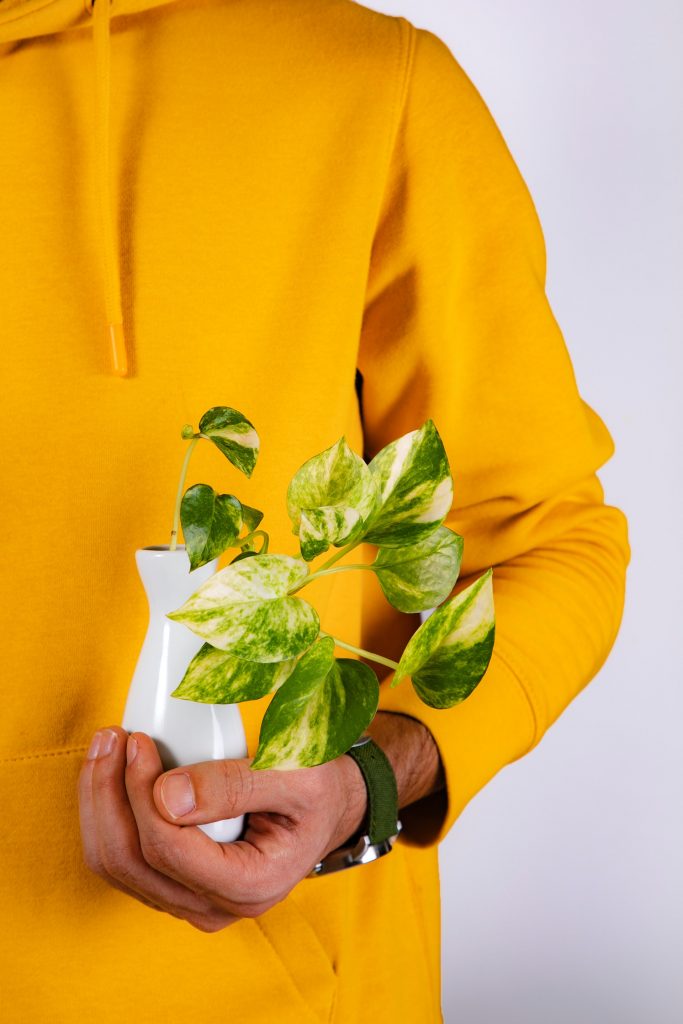One of the most common questions gardeners ask is “What causes yellow leaves on plants?” While it’s easy to write off the color change as just part of the aging process, if you’re seeing more than a few leaves turning yellow, there could be some underlying issues at play.
How to treat yellow leaves
Yellow leaves on your plants can be a result of several factors, including too much sunlight, lack of water, and root damage. When you notice yellowing leaves on your plant, it’s important to determine why the color change occurred before deciding on a course of action.
Yellowing leaves can be caused by several things, so it’s important to figure out what the cause is.
The most common causes of yellow leaves on your plants are:
Sunlight exposure levels
If you’re spending a lot of time indoors and don’t see your plant getting enough light, the leaves may begin to turn yellow. This can also happen if you move it from one location to another where the amount of light differs greatly. If this is the case, simply make sure that your plant receives adequate levels of natural or artificial light throughout the day.
If your plant is getting too much sun, its leaves will turn yellow and fall off. If this is happening in your houseplant, move it into a shadier spot or add more artificial light if there isn’t enough natural illumination where you have it planted.
Some plants need a lot more sun than others to thrive in your garden space. If all your plants are getting too much light, they will eventually turn yellow and burn. You can solve this problem by placing some shade cloth over areas where the sun is shining directly onto plants or giving them some additional time without direct sunlight every day.
Plants use photosynthesis to produce energy from the sun’s rays as well as nutrients for growth and development. The amount of time each type grows in darkness will also affect its growth rate: if it spends most of its life cycle exposed only during daytime hours then it will grow faster than one which spends less time exposed but still receives enough light throughout its lifespan
Lack of water
Plants need water just like we do! If they don’t get enough H2O in their soil or potting mix (the material used as bedding), they might develop drooping leaves with brown tips while their stems wilt away until they die altogether–all signs that something isn’t right with how often you’re watering them! Make sure there’s always enough moisture available so plants stay healthy and happy throughout all seasons without having any issues whatsoever.
If your plant has been sitting in water for too long (more than three days), its roots may rot and die. You’ll know if this happens because there will be brown spots on the base of each leaf stem where they meet with soil; you might also notice a sour smell coming from inside the pot when you lift up its lid and take a whiff–and yes, I’ve done both these things before!
If so then remove all excess water from around the roots with paper towels before replacing them back into fresh soil mix without letting any standing liquid pool around them again until things start looking better again.
Lack of Nutrients
Water stress or lack of nutrients in the soil can cause yellow leaves on plants because they aren’t getting enough nutrients to stay healthy or because their roots aren’t getting enough water for their needs. Add more organic matter to improve soil quality and maintain good drainage if necessary before watering again. This will help give your plants all the nutrients they need to stay healthy and grow robustly in your garden space!
Provide plants with the right amount of water.
Water deeply, but not too often.
Use a soil moisture meter to determine how much water is needed.
Add organic matter to the soil to improve drainage and nutrient retention. For example, adding compost or manure will help retain nutrients in your soil by keeping them from leaching out into your yard or garden beds when you give your plants a drink of H2O!
These tips will help ensure that you’re giving your garden the best possible care so that it can thrive for years to come!
Insects or pests
Problems with insects or pests are another common reason why plants start turning yellow — especially if they have been chewing on them! Use insecticidal soap as directed by the manufacturer to get rid of these destructive pests so that you can keep your plant healthy and green!
Insecticidal soap is an all natural product that kills insects by dissolving their waxy outer coating, causing them to dehydrate and die. It’s safe for humans and pets, but should be used with caution because it can be toxic if ingested by dogs or cats (and might even be harmful to fish). Make sure not to put this stuff near anything edible! If you don’t want to use insecticidal soap as part of your houseplant care routine, there are other methods for getting rid of pests such as hand picking them off your plant or using a pesticide spray instead
If you want to keep your plants healthy and green, it’s important to check on them regularly. Look for signs of pests or disease, such as wilting leaves or other discoloration. If you notice anything unusual on one of your plants, inspect it thoroughly before deciding on a course of action.



